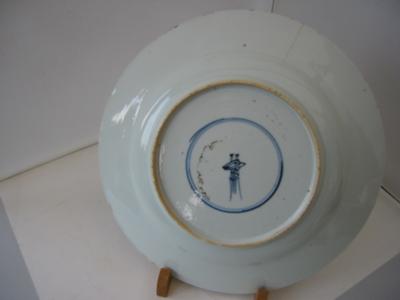Commenting is deactivated.
Please post all new topics and queries to the
Discussion Forum
chinese Kangxi plate
by EILEEN RAE
(COVENTRY UK)

HELLO, COULD ANYONE PLEASE HELP ME TO IDENTIFY THIS PLATE.
I BELIEVE IT IS KANGXI MARK, BUT THIS IS NOT MY SUBJECT.
SUGGESTIONS WELCOME
MANY THANKS-EILEEN
Comments for chinese Kangxi plate
|
||
|
||
|
||
search by keyword
